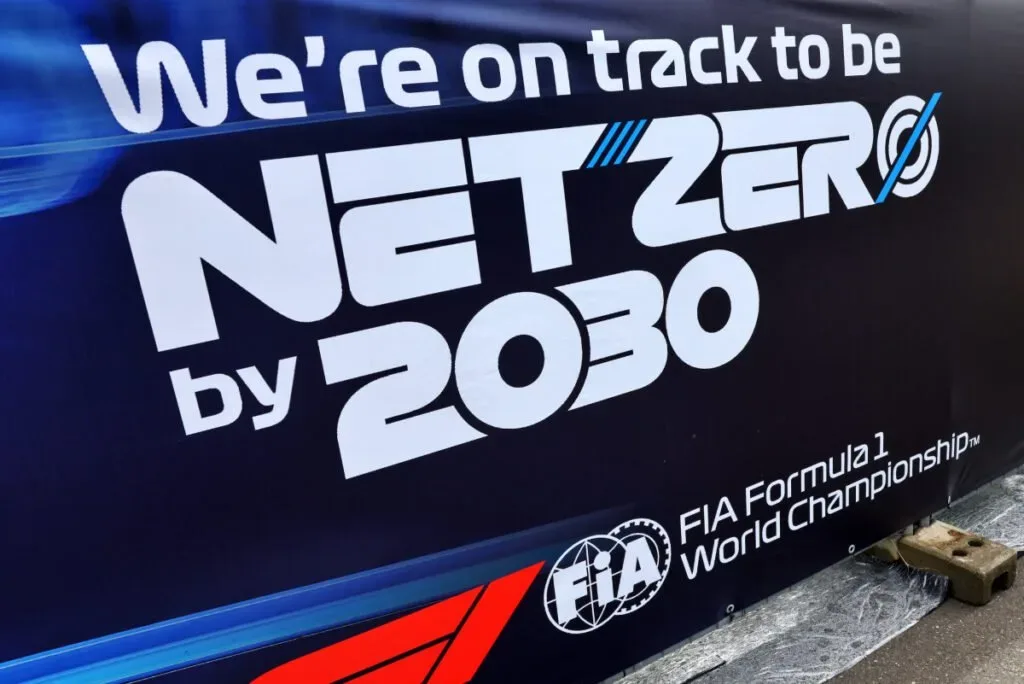Red Bull Ring Pilots Low-Carbon Energy System for Austrian GP
Formula 1 Takes Major Step Towards Net-Zero Emissions by 2030
In a significant step towards reducing carbon emissions, the Red Bull Ring’s pit and paddock will be powered by a low-carbon energy system for the second consecutive year during the Formula 1 Austrian Grand Prix weekend. This development is part of Formula 1’s ambitious target to achieve net-zero carbon emissions by 2030, as outlined in the Formula 1 schedule.
One crucial step towards achieving this goal is the introduction of sustainable fuels to the 2026 Formula 1 cars. However, the 20-strong Formula 1 field accounts for a minor slice of the series’ overall carbon footprint. The biggest factor is the infrastructure surrounding the Formula 1 circus, including travel, haulage, and hosting events.
“This is a topic that I think about a great deal personally as well as professionally. I fly a lot; the team flies a lot. If we must fly, then we need to find a better way to do so, and SAF is the best solution available to the aviation industry right now.”
The Red Bull Ring is making significant strides in reducing its carbon footprint, following a successful trial of a low-carbon energy system in 2023. This trial saw a dramatic 90% reduction in carbon emissions across the pits, paddock, and Formula 1 Event Technical Centre. Aggreko, the energy provider behind the centralized energy system, powers the paddock via several sustainable sources, including hydrotreated vegetable oil (HVO) biofuel, 200 solar panels covering 600 m2, and a battery storage system supplied by a renewable power grid.
The system’s efficiency means that none of the 10 Formula 1 teams are required to use their own generators throughout the Austrian GP weekend. Last year’s trial saw CO2 emissions slashed from 198 tons in 2022 to 12 tons in 2023. Formula 1 news suggests that the series is committed to achieving net-zero carbon emissions by 2030.
The impressive system means 40 fewer generators are required in the paddock compared to a standard weekend. To achieve its 2030 objective, Formula 1 will need to replicate this practice across the F1 calendar. Beyond this, other measures will need to be taken to ensure Formula 1 meets its net-zero target, including addressing the substantial air miles racked up by the series.
Mercedes made a significant step in a positive direction in the summer of 2022 when it invested in Sustainable Aviation Fuels in a bid to reduce its travel footprint by 50%.
As the Formula 1 calendar continues to unfold, it remains to be seen how the series will tackle the challenges ahead in its quest for a more sustainable future. The Austrian GP weekend will undoubtedly serve as a vital testing ground for the low-carbon energy system, providing valuable insights for the series’ future developments.
🔗 Source
